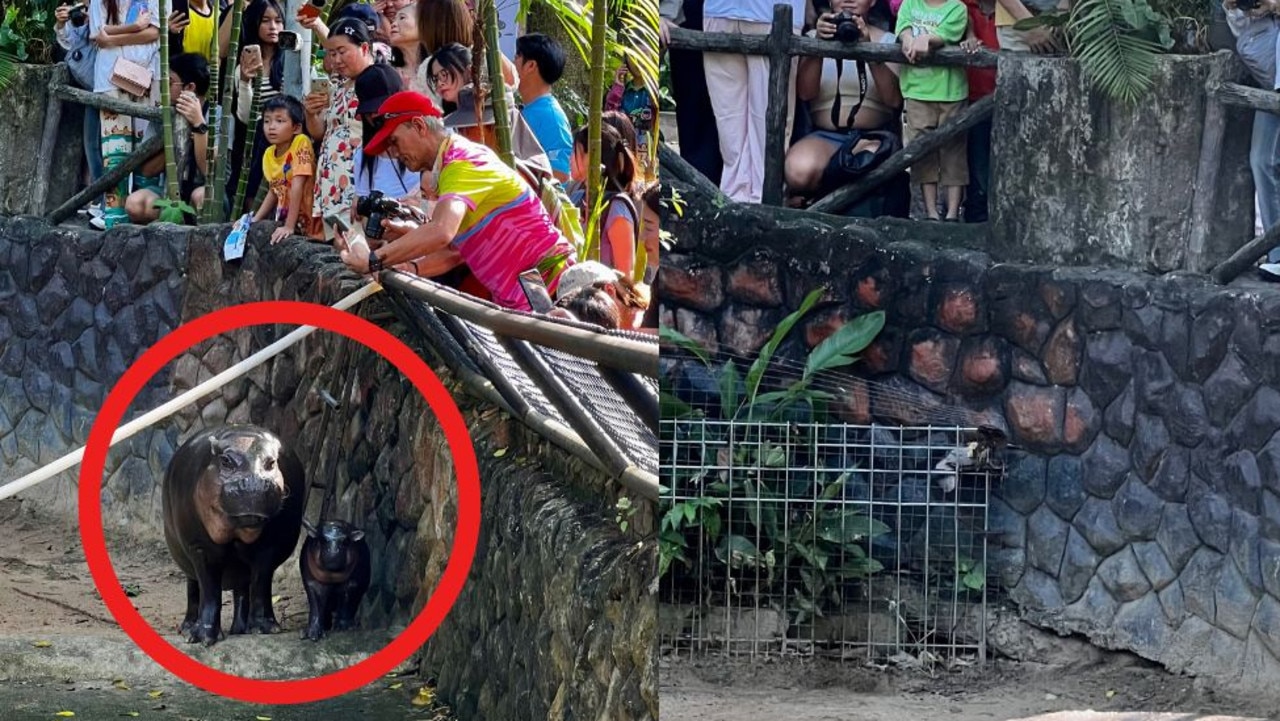Japan travel: Things to do and see in Tokyo in 72 hours
A friend of mine warned me about the one thing I should never do in Japan. But of course, I still made the faux pas while walking the streets of Tokyo.
It’s one of the most sought-after tourist destinations – and I was lucky enough to head there just weeks after it officially opened its borders to independent travellers.
As of October 11, Japan reinstated visa-free travel to dozens of countries, including Australia, ending some of world’s strictest border controls put in place to slow the spread of Covid-19.
And like many Aussies, I was very excited to travel to Tokyo in what would mark my first trip to the tourist hotspot.
I have often been told about the cool vibe in Tokyo as well as how wonderful the food, bars, night-life and shopping is – and let’s just say everyone is right. It did not disappoint.
However, there was one thing that happened while I was exploring Tokyo that left me a little red-faced.

The Japanese are very big on respect, something I truly love about them (as well as their amazing sense of style).
A friend of mine who travels there regularly had given me an etiquette rundown on the dos and don’ts in Japan before my trip.
There was one thing I vaguely remember him saying – and that was not to eat while walking the streets.
Don’t eat and walk at the same time
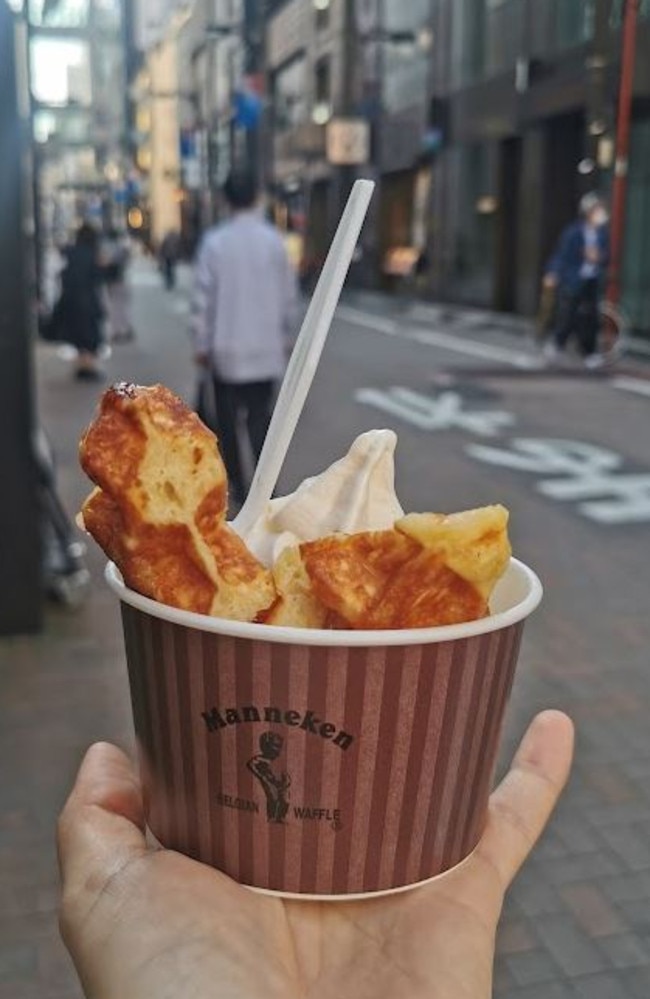
Of course I forgot this rather important rule the second I spied an ice-cream and waffle cup – and proceeded to devour it in the heart of Ginza, Tokyo’s most famous up-market shopping, dining and entertainment district which is packed full of people.
As I stood on the street proceeding to inhale the sweet treat I noticed I was getting some rather prolonged stares.
I wiped what I thought must be ice cream off my face. But eventually my friend’s words came back to me.
It’s known as “arukigui” – which simply means “walking while eating” – and it is considered rude in most parts of Japan.
They believe you can’t actually enjoy your food if you’re walking, which is a fair point.
There are a few exceptions, such as drinking while standing next to a vending machine (there’s literally millions in Japan).
However, as a general rule, don’t do what I did and instead try to eat your food in the same place you ordered it, or wait until you get to your hotel.
Hardly any street bins

And then I faced another embarrassing blunder. I (very) quickly learned there aren’t many street bins in Tokyo.
However, it just goes to show how respectful and clean Japanese people are as despite this, there isn’t an ounce of rubbish on the streets.
Instead, locals tend to take their rubbish home and dispose of it there.
But for the next hour it meant I had to hold my now-melted cup of ice cream in my hand.
Proving just how lovely the locals are, a very kind waiter from a nearby cafe offered to take the cup off my hands, tossing it into a bin behind the cafe’s counter.

Why won’t you find any bins? They were largely removed from Japanese cities following the 1995 sarin gas attacks on the Tokyo Metro, according to Bloomberg.
It forced residents to adopt some of the world’s most disciplined waste disposal techniques.
As such, don’t make the mistake I made. Instead, take a bag to carry your rubbish in (so you don’t have to hold it in your hand) and be sure to take it with you back to your accommodation to get rid of.
Otherwise, you will find some bins in larger public spaces such as parks and train stations.
Seven must-see things in Tokyo
There’s so much to do and see in Tokyo, but if, like me you have limited time, here are my top seven things to do in 72 hours.
Golden Gai

Golden Gai is one of those not-so-secret secret spots and is a must if you like to have a drink.
In a charmingly scruffy part of the normally neon-lit Skyscraper District, known as Shinjuku, you will find a collection of mismatched tumbledown bars that line the alleyways.
I had no idea what to expect but I was blown away by just how tiny some of the bars were – most only fit about two people, plus the bartender.
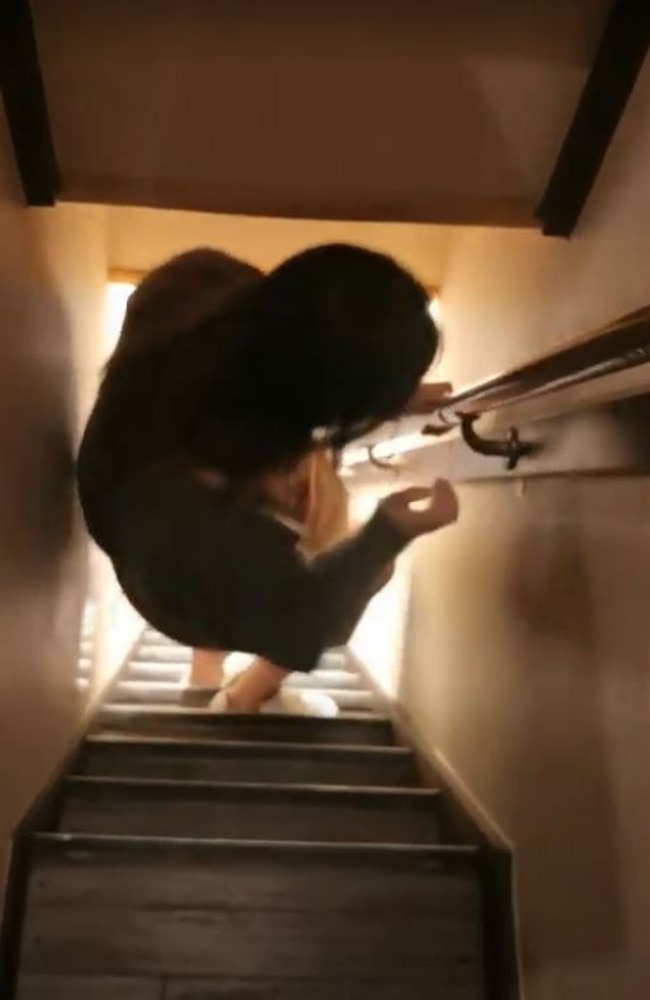
To be honest, half of the experience is just wandering through the tightly packed alleyways, with each small entrance completely individual and unique.
One bar involved climbing a very tight and narrow set of stairs, where a friendly, quirky bartender greeted customers at the top.
It’s important to keep in mind some bars have an entry fee – the most I paid (out of the three bars I visited) was $10. A sign is often displayed on the door, with some specifying “no foreigners”, “no tourists,” or “regulars only” – which, while you may disagree, is their right.
Because the spaces are so small, some bars reserve seats for their regulars who tend to settle in there for the night rather than bar-hop around as most tourists (like myself) do.
However, there are plenty to choose from so you won’t be short of alternatives.
Meiji Shrine and Senso-Ji Temple
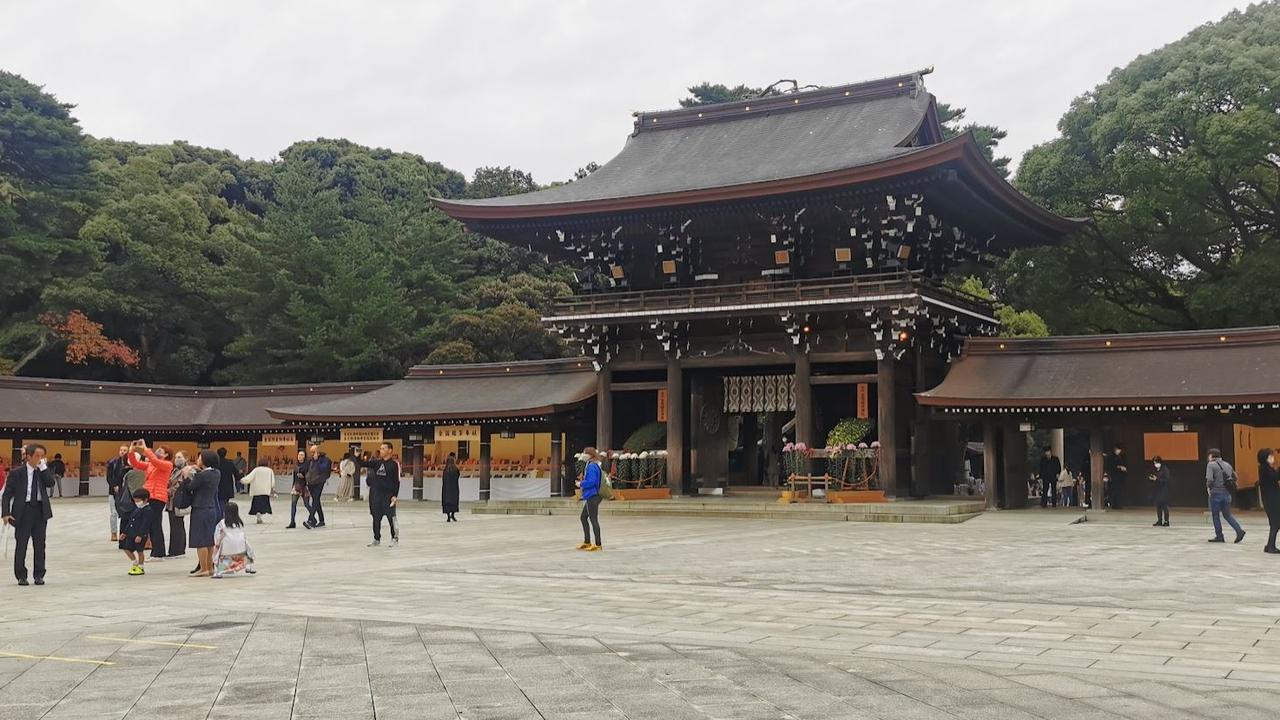
Definitely make time to visit the Meiji Shrine – it is dedicated to the deified spirits of Emperor Meiji and his consort, Empress Shoken.
Located just beside the JR Yamanote Line’s busy Harajuku Station, Meiji Shrine and its spacious grounds plus the adjacent Yoyogi Park offer walking paths that are great for a relaxing stroll.
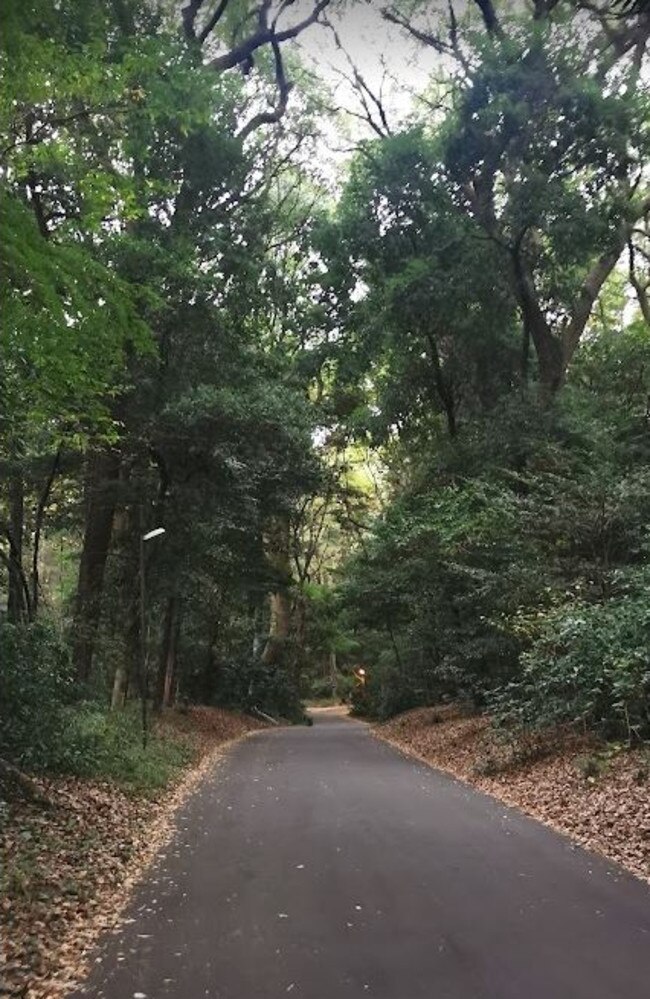
The shrine was destroyed during World War II but was rebuilt shortly after.
It takes about 10 minutes to walk from Harajuku Station but it’s one of the most peaceful walks you will do as you are surrounded by tranquil forest.
Senso-Ji Temple is also a must. It is located in Asakusa and is Tokyo’s oldest and most colourful temples.
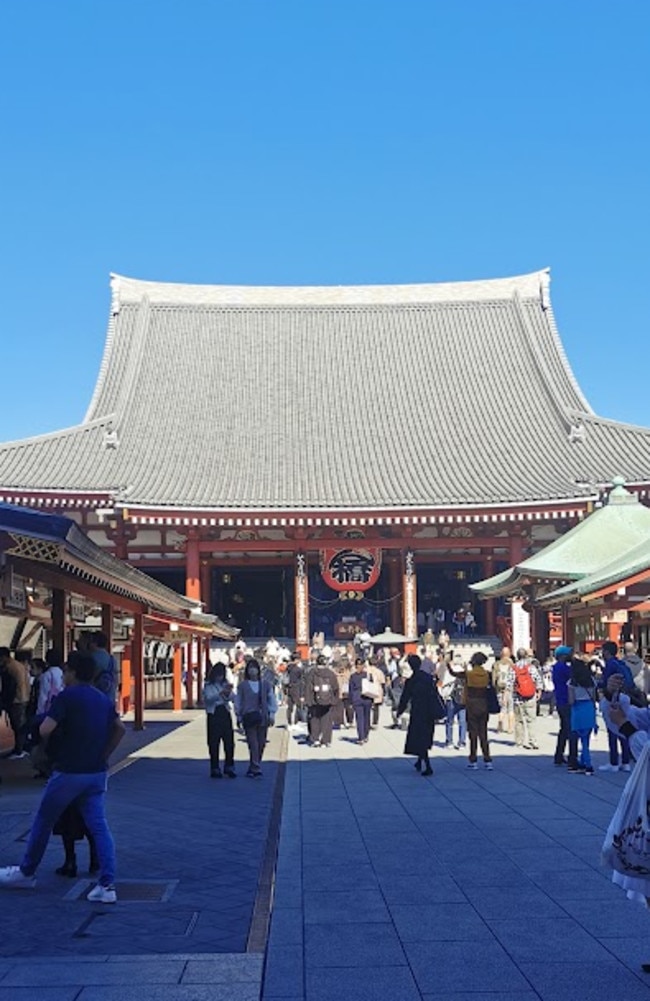

Once you arrive, you will walk through the Kaminarimon (Thunder Gate) where you will find a 200m stretch of shops filled with Japanese souvenirs (yukata) and various other traditional snacks.
The strip then takes you to the temple’s second gate, the Hozomon., where the main hall is situated along with a five-storied pagoda.

I noticed a small, stone fountain with ladles perched on top and learned that these are called chozuya/temizuya, where people use them to purify themselves with water before going inside the temple or shrine. Just across the fountain locals were covering themselves with smoke from an incense burner – also thought to purify and heal the body of the people visiting the temple.
There’s no fee for either the Meiji Shrine or the Senso-Ji Temple.
teamLab Planets Tokyo
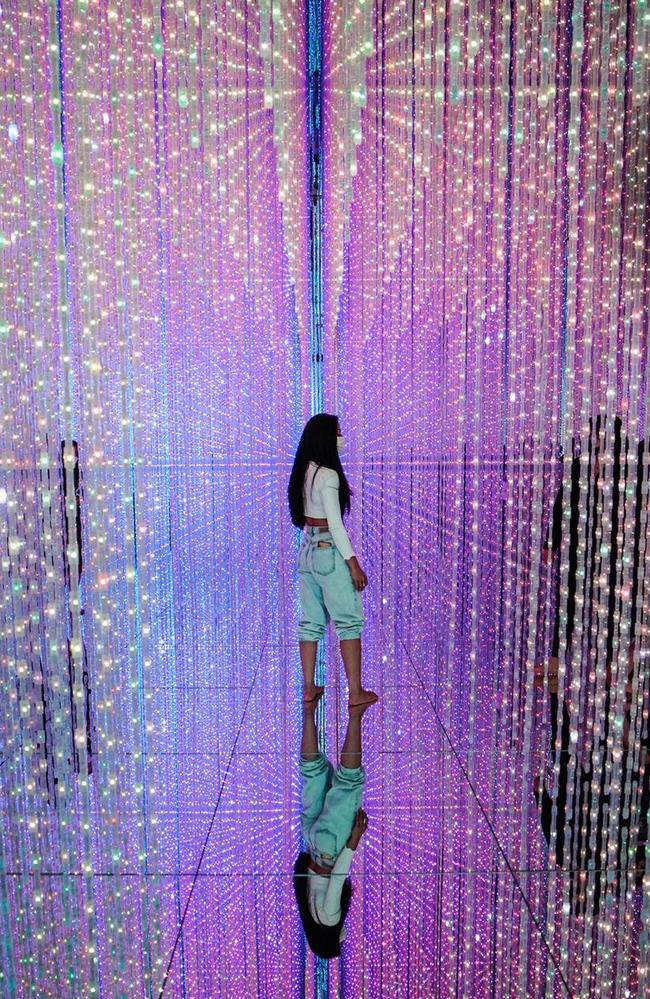

OK, you may have seen this all over your social media feeds, and while it is super touristy – it’s a must-do.
For roughly $32, the modern art museum sees visitors walking through water and a garden where you “become one with the flowers”.
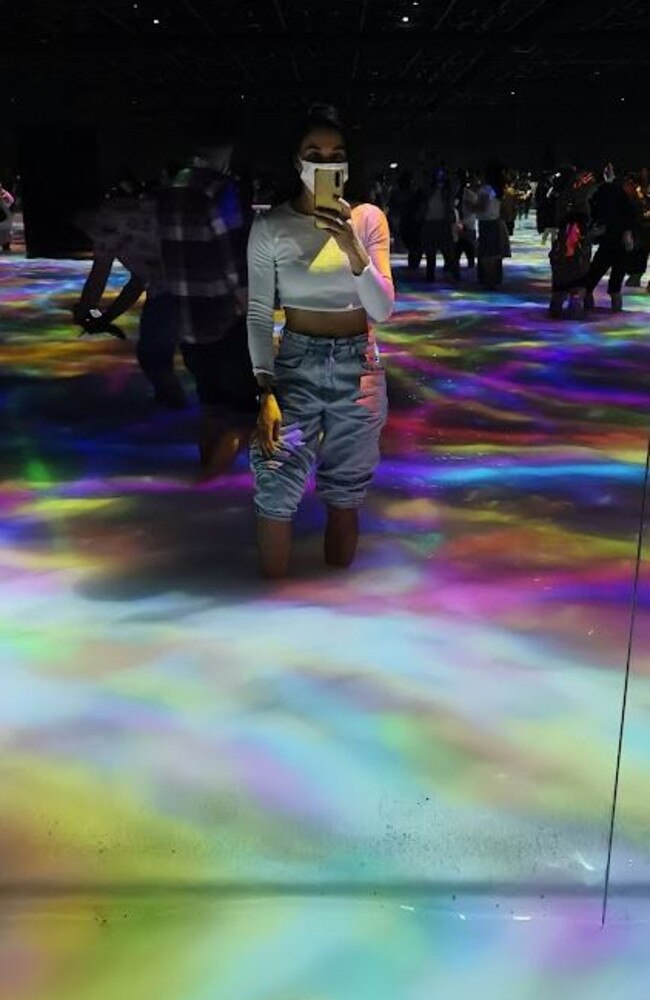
It’s truly unique and mind-blowing and is one of those things you have to experience for yourself to understand — and of course it offers for some spectacular pictures.
There are four massive exhibition spaces and two gardens and all up it takes about an hour to walk through.
“By immersing the entire body with other people in these massive body immersive artworks, the boundary between the body and the artwork dissolves, the boundaries between the self, others, and the world become continuous, and we explore a new relationship without boundaries between ourselves and the world,” it says on the museum website.
Best ramen in Tokyo


Obviously this is purely subjective, but Ichiran Ramen is hands down one of the best ramen places in Tokyo. It’s also a franchise so there are plenty of locations to choose from including Shibuya which is the one I went to.
The popular ramen chain is one of the most famous Tonkotsu (pork-based broth) ramen restaurants in Japan – and I understand why. It tastes amazing.
It took me a while to find as it’s located in an alleyway, but its bright red shopfront made it easy to spot. There was no line so I walked straight in.
Once you go down the stairs you will find several vending machines with various types of ramen to choose from.

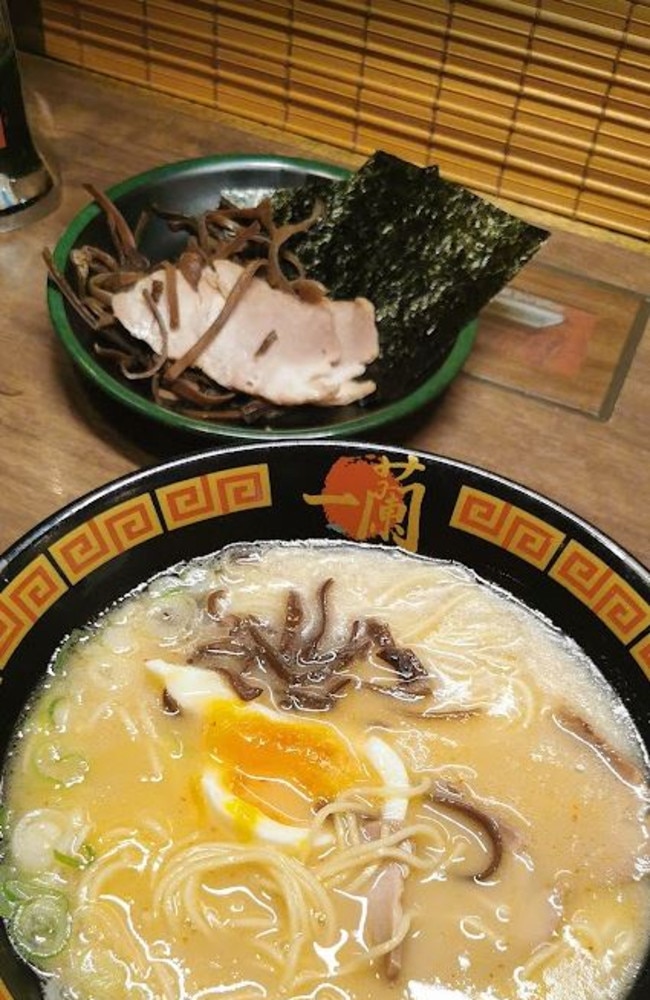
I went in for the traditional ramen which cost about $17. After you select where you want to sit, you then walk through a curtained door where you will find singular booths. You sit in your selected area and wait for your food. There’s a small shutter in front of you and that’s where the waiter will serve you your food.

You’re handed a piece of paper with the option to personalise your ramen, selecting anything from richness of broth and noodle texture to the amount of garlic and spicy red sauce you want. There’s also water on tap which is located to the left of your small table.
It’s pretty quiet in there apart from the sounds of slurping – an indication of pure satisfaction.
World’s largest Uniqlo

What’s a holiday without shopping? Ginza is one of Tokyo’s top shopping districts packed with up-market boutiques and ritzy cocktail and sushi bars.
And among the high-roller stores you will find popular Japanese casual wear retailer Uniqlo.
It’s also the world’s largest Uniqlo with a whopping 12 storeys. What you find there, you won’t find in Uniqlo stores in Australia. Unfortunately for the guys, they need to go all the way to the top with men’s clothes starting from the eighth floor.

Lucky for us ladies we only need to go to the sixth floor – just as well, as I only made it up that far. It’s tiring!
Don’t make the mistake I made and be sure to take your shoes off before you enter a fitting room. I did not and a staffer was quick to tell me otherwise. There’s a basket where you can pop your shoes in that’s located opposite your fitting room.
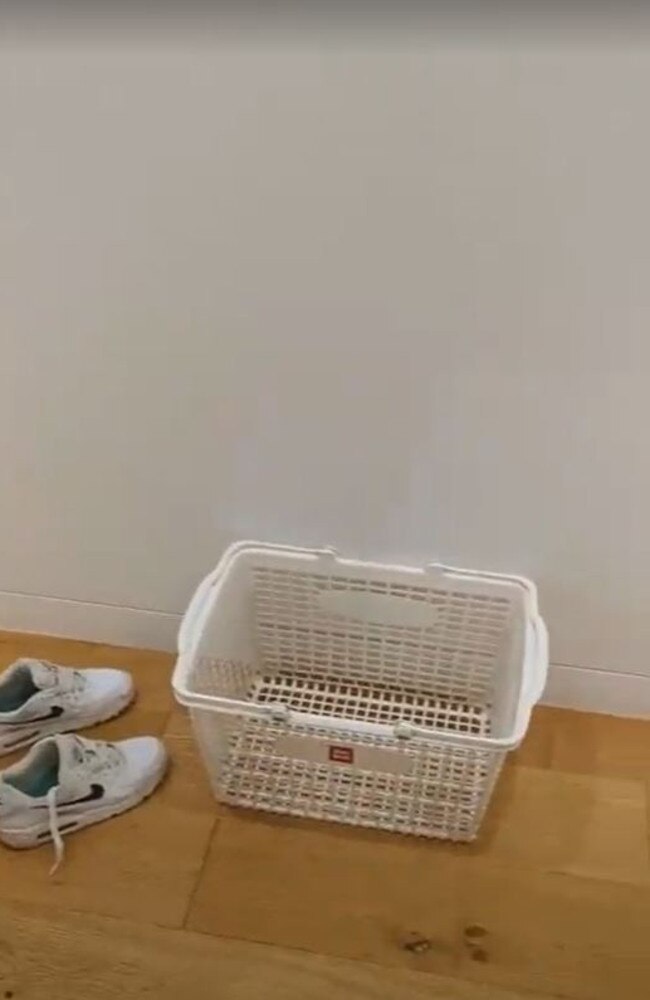
Batting cages

Baseball is one of Japan’s favourite pastimes. So it’s no surprise that batting centres are a popular form of entertainment through the country.
It’s also something super fun to do before heading out to dinner or a bar.
You can find batting centres pretty much everywhere in Japan. Although the size and layout of each centre will be different, the system is pretty much the same no matter where you go.

All you need to do is select how many games you want to pay via a vending machine and some will spit out a token (“medal”) while others will give you a card.
Then you head to your designated cage and one-by-one you have a turn at smacking some balls. At the venue I went to, you can select the pitch speed.
Some places also have a bar, so you can have a few beverages while waiting your turn. Bats and helmets are also provided.





